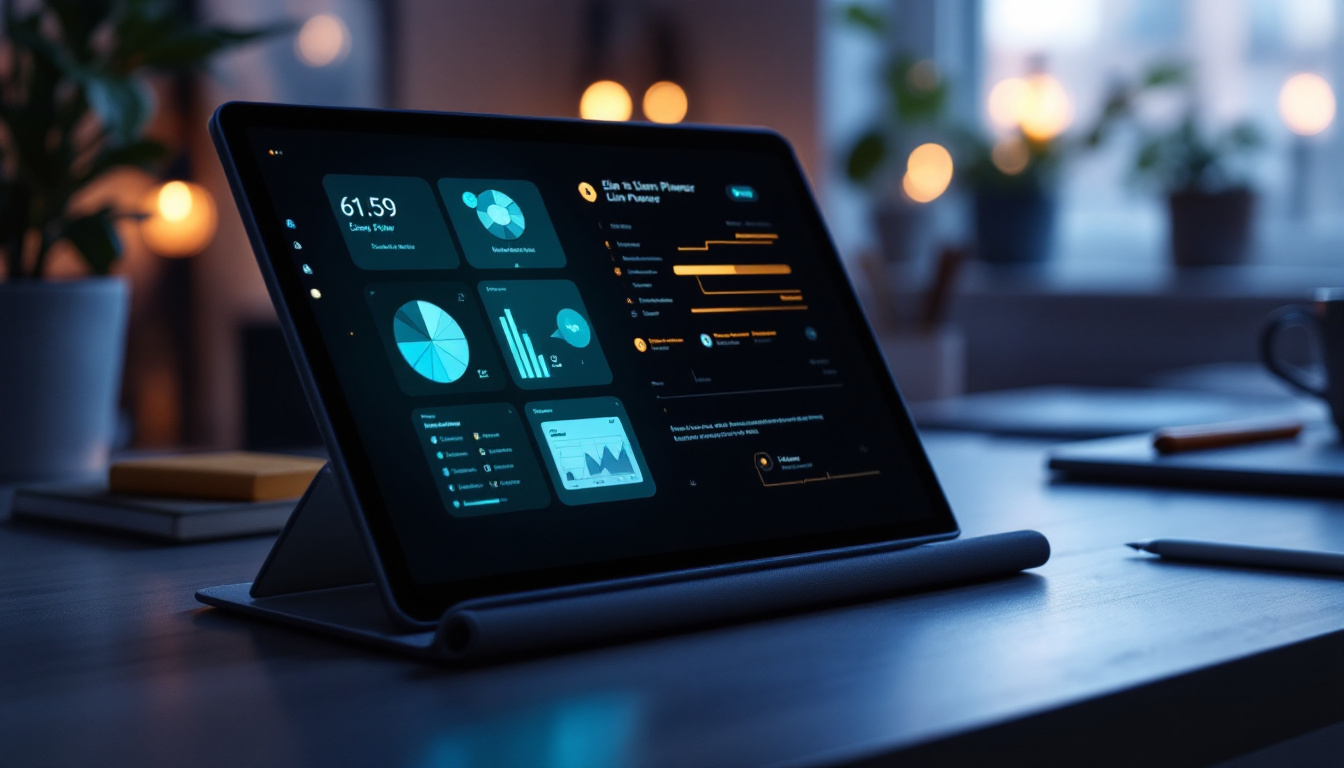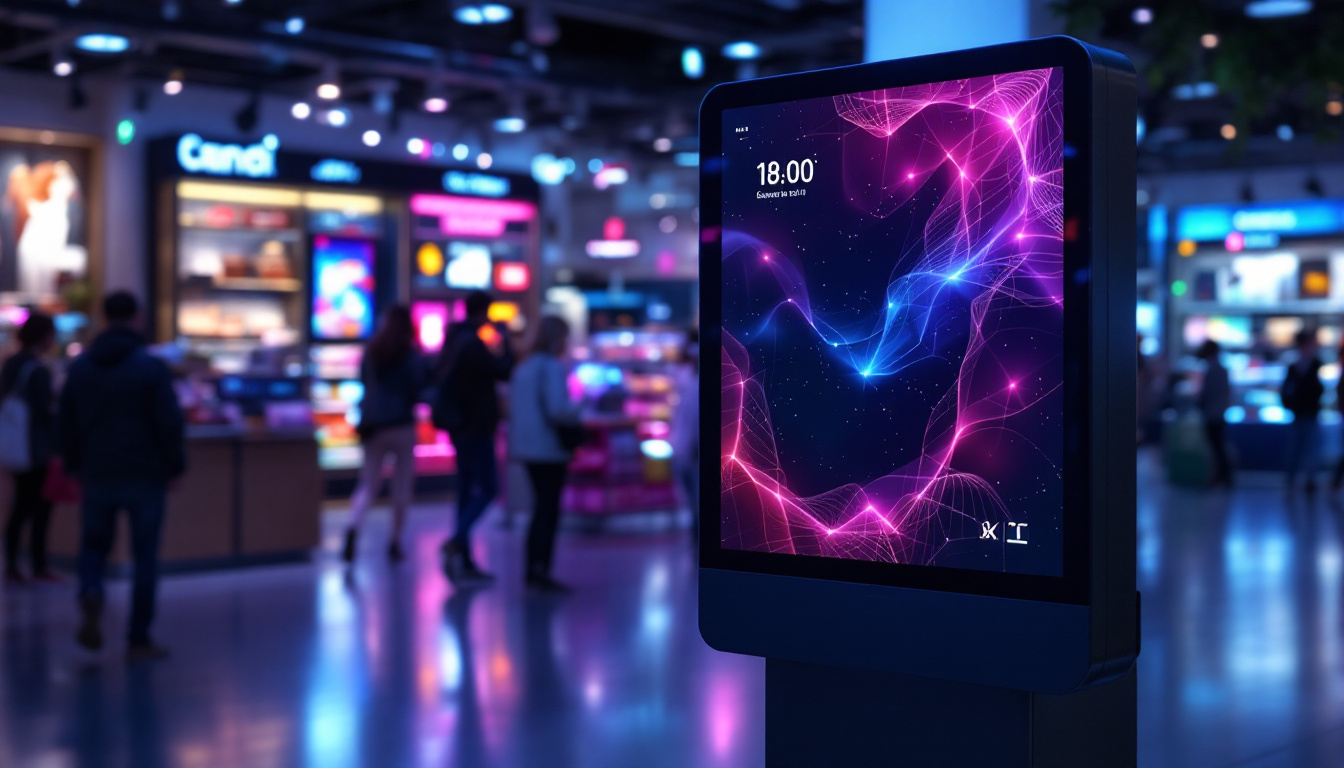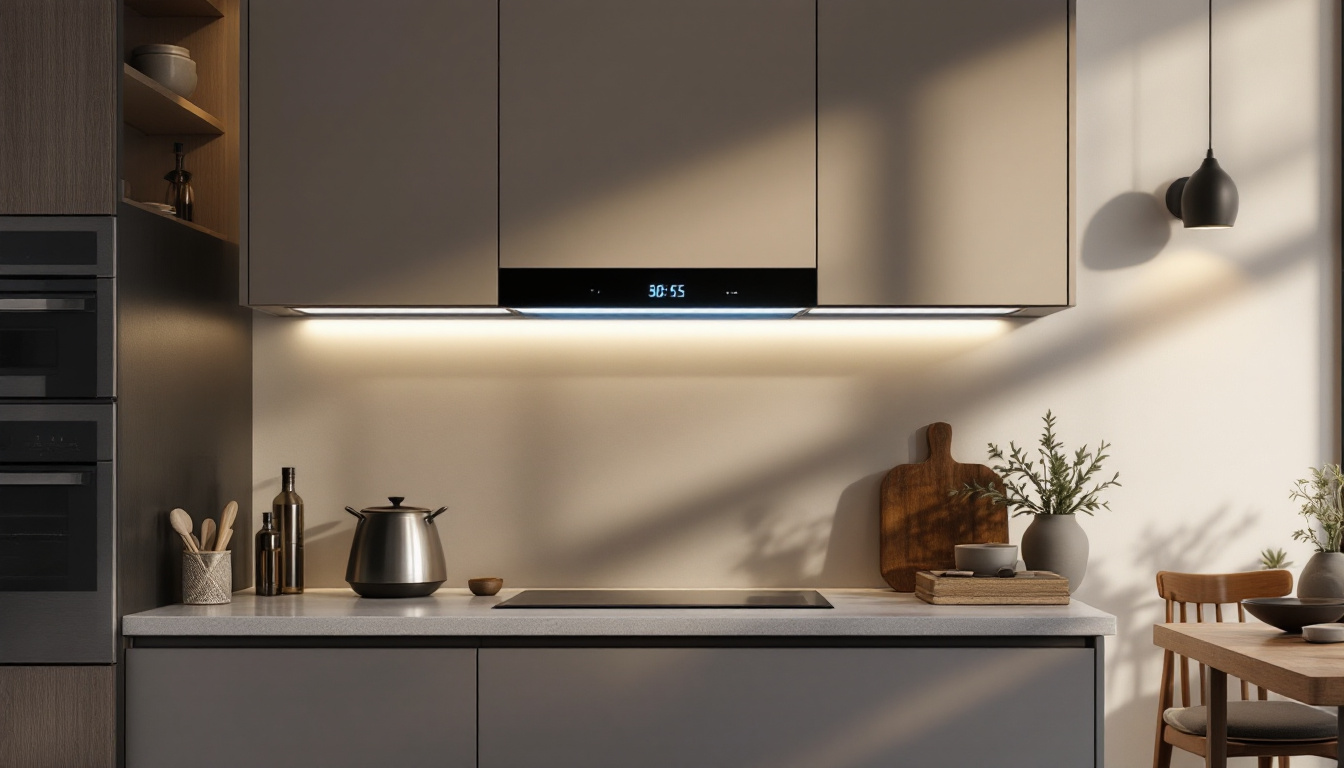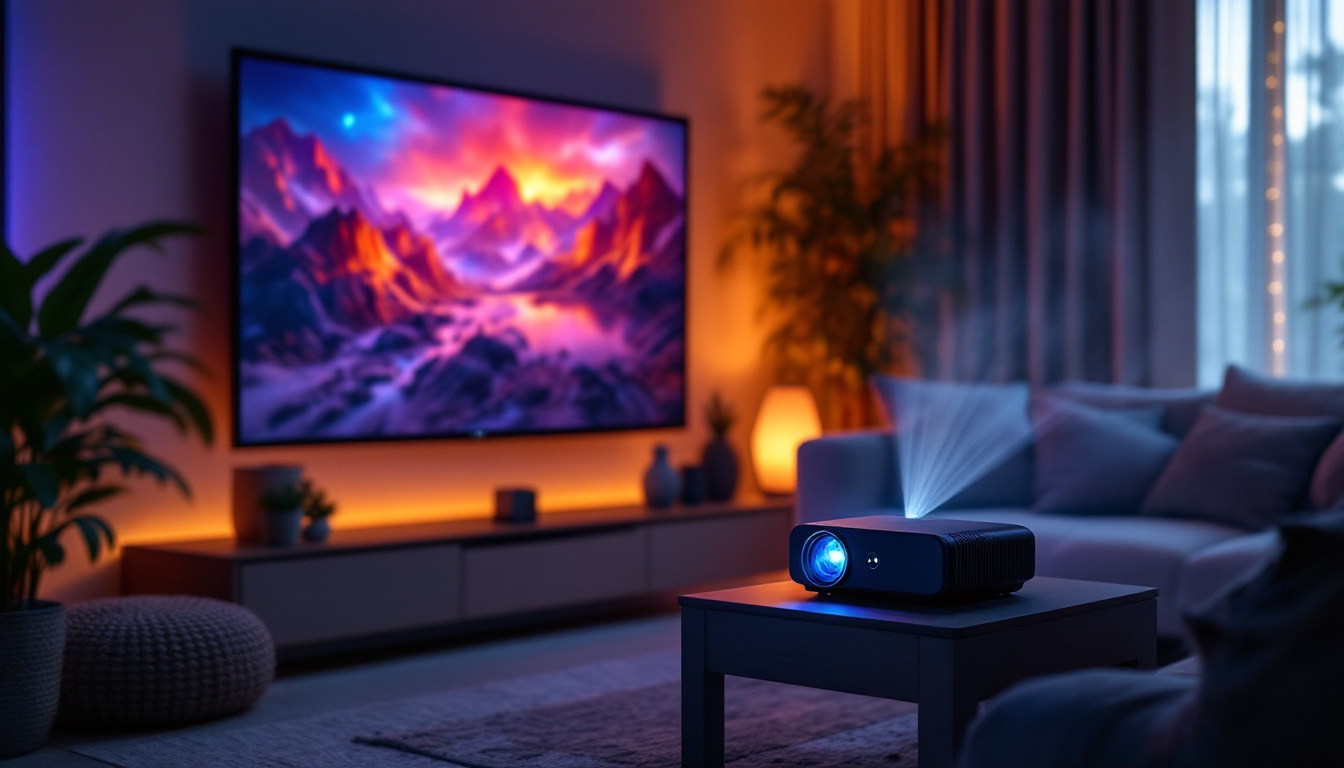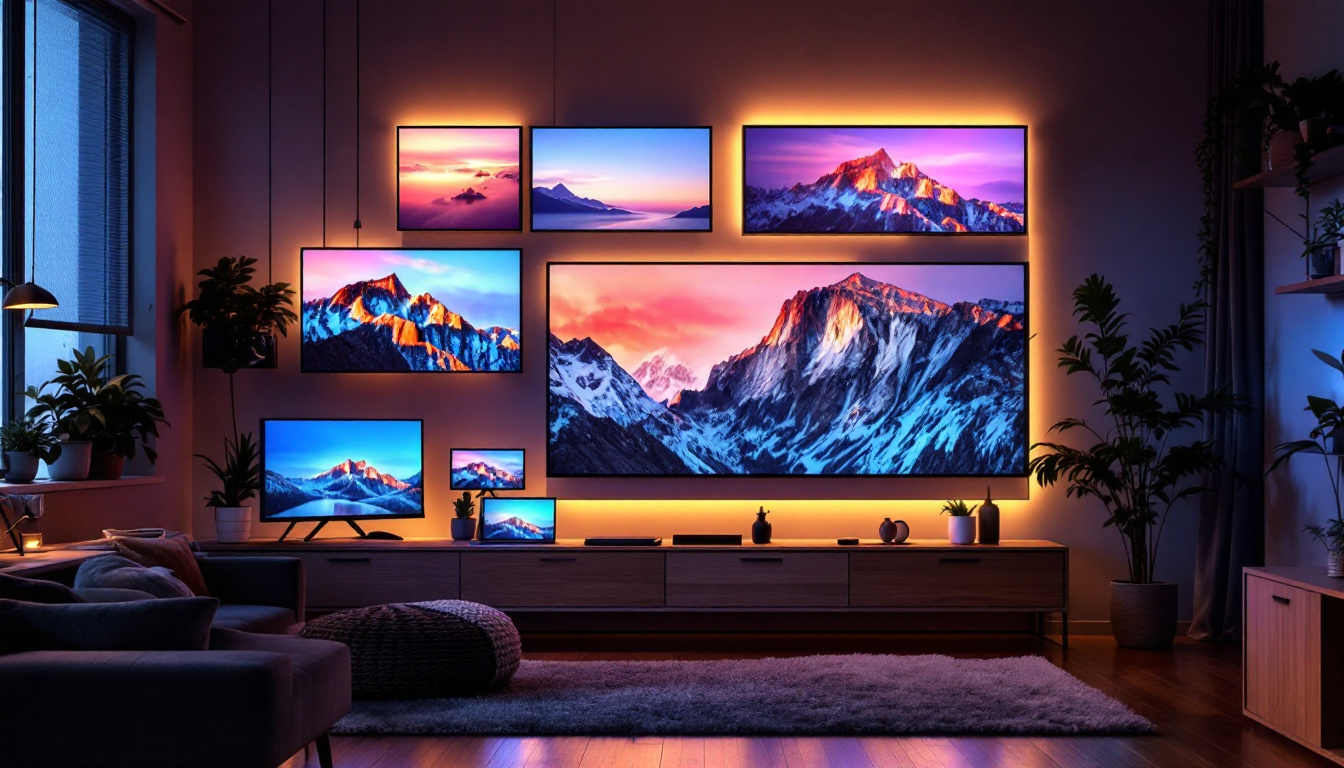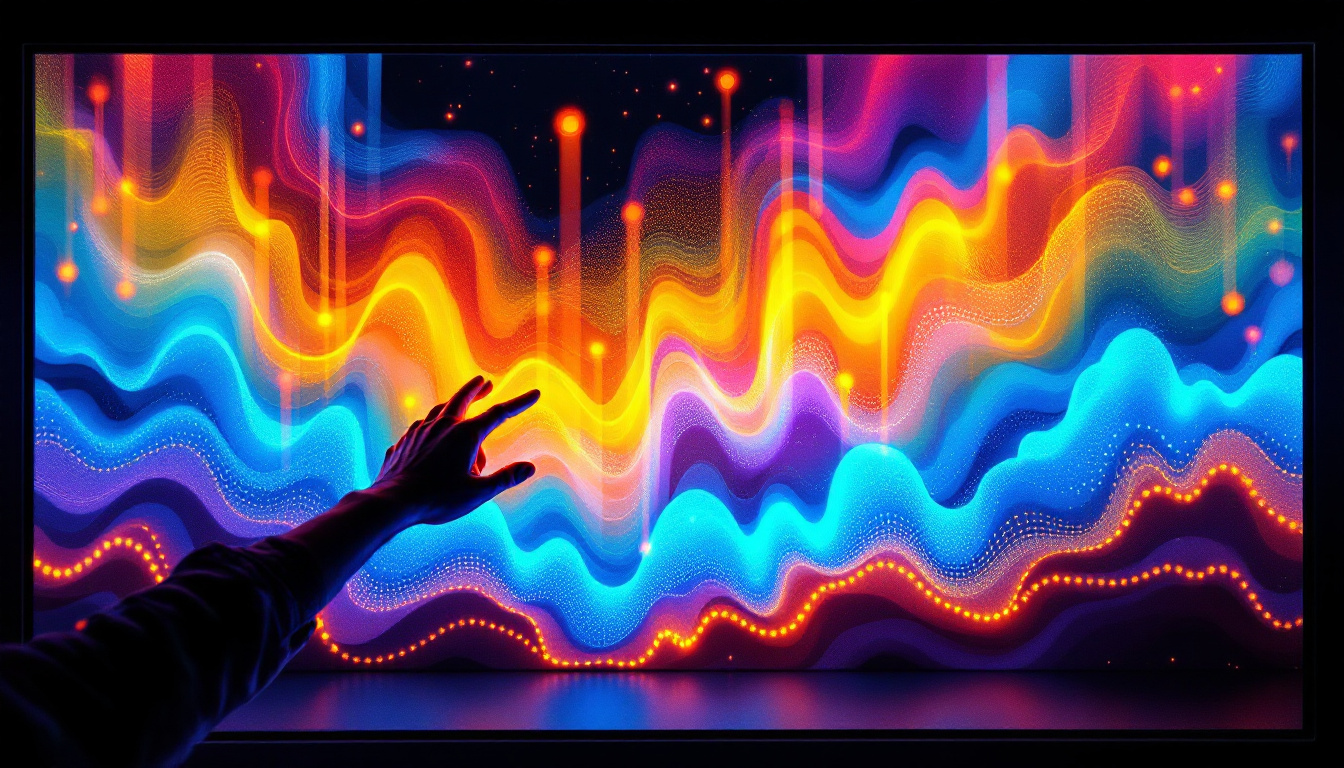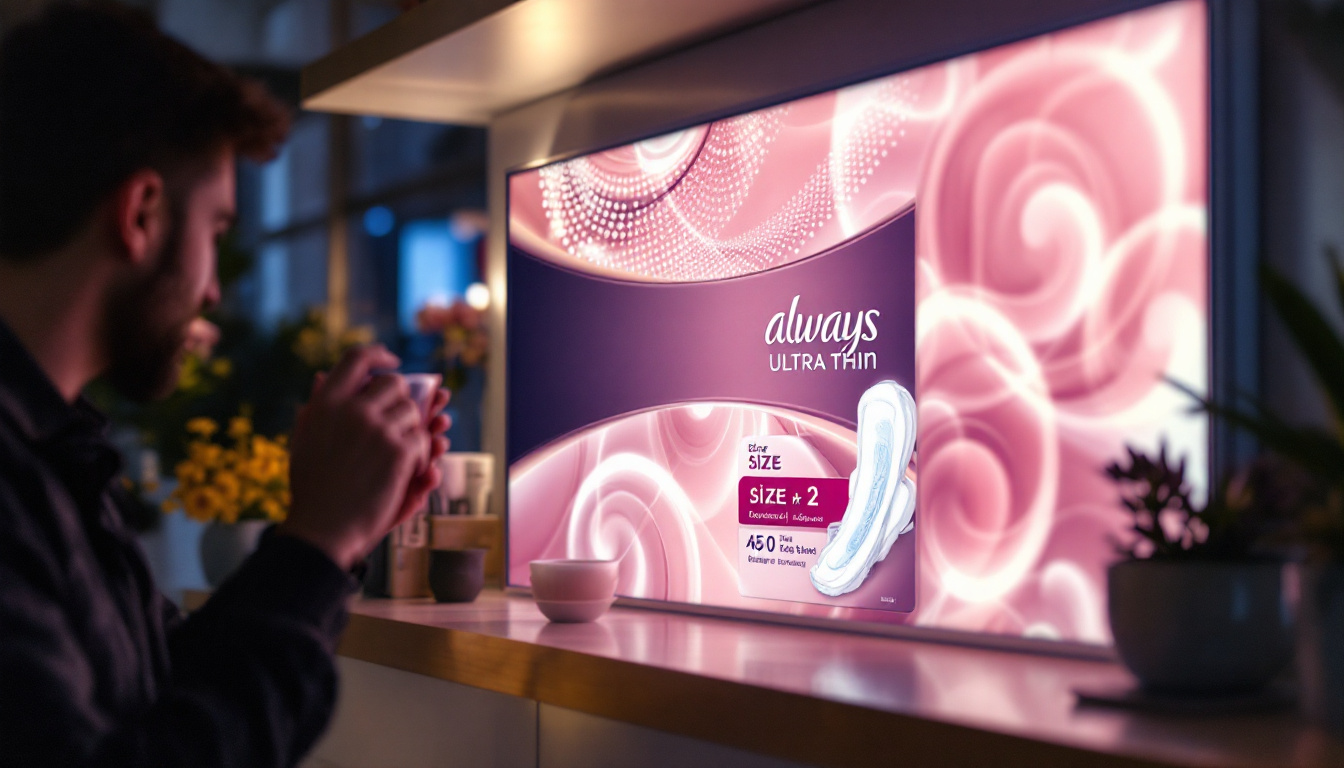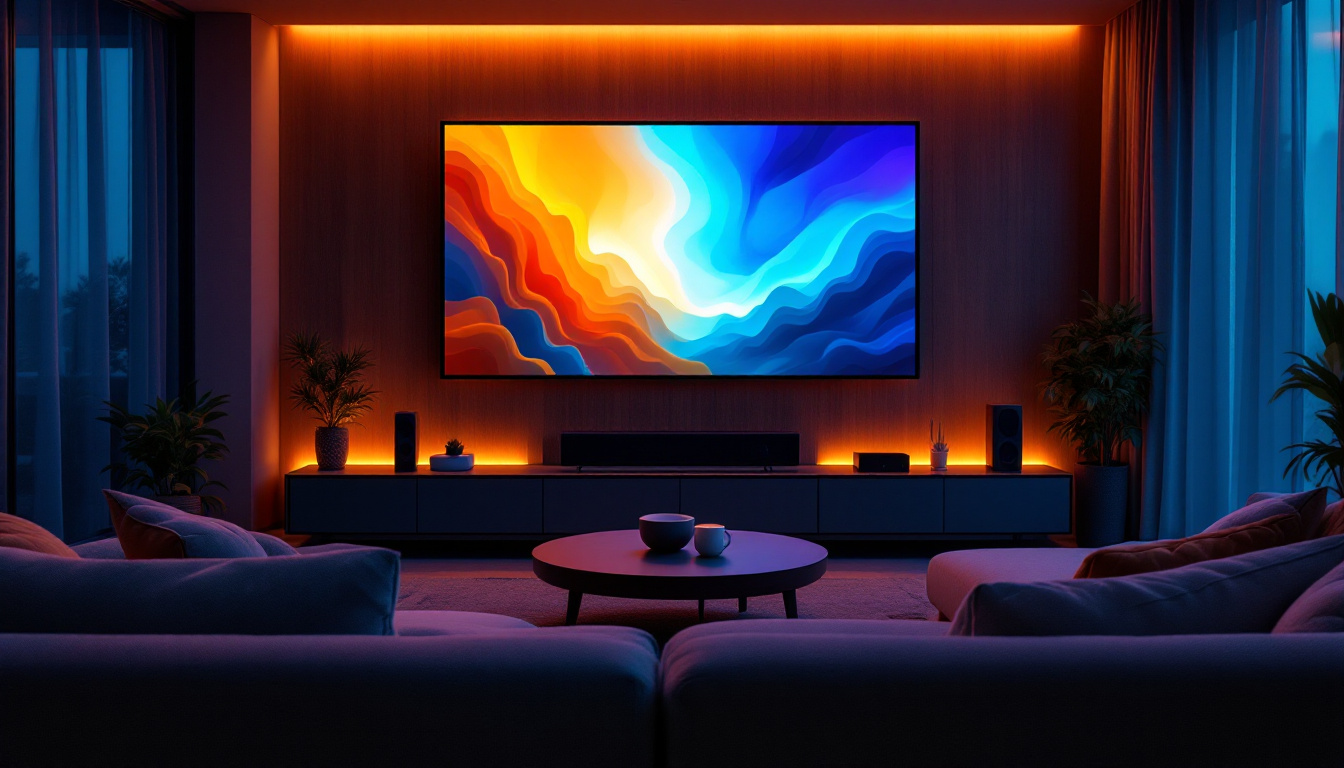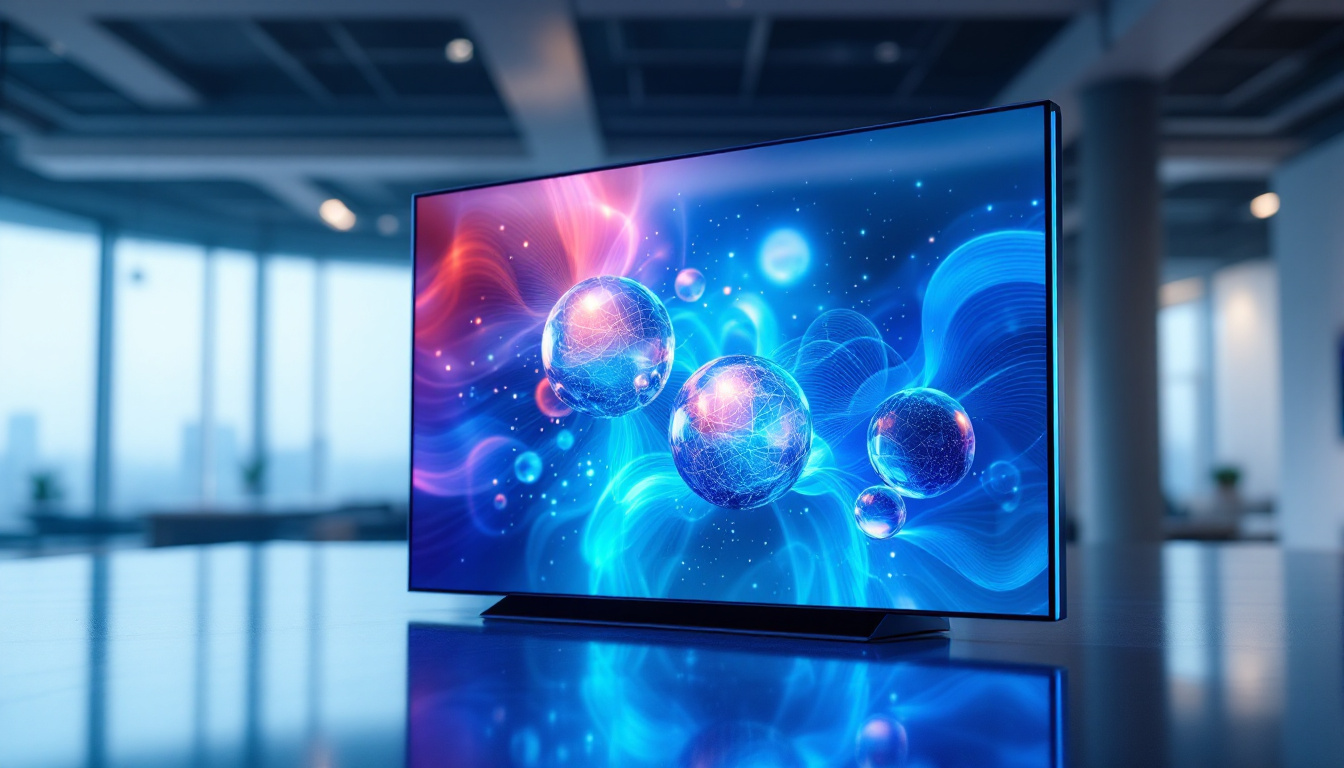In the world of display technology, two terms often come up: LCD and LED. While they are frequently used interchangeably, they refer to different technologies that serve distinct purposes. Understanding the differences between LCD and LED monitors is essential for consumers looking to make informed decisions about their display needs. This article will delve into the intricacies of these technologies, highlighting their differences, advantages, and applications.
Understanding LCD Technology
Liquid Crystal Display (LCD) technology has been a staple in the display industry for many years. It utilizes liquid crystals sandwiched between two layers of glass or plastic. When an electric current passes through, these crystals align to allow varying degrees of light to pass through, creating images on the screen.
How LCD Works
The fundamental principle behind LCD technology is its ability to manipulate light. Backlighting is essential in an LCD monitor, as the liquid crystals themselves do not emit light. Instead, they rely on a light source, typically fluorescent lamps, positioned behind the screen. This backlighting provides the necessary illumination for the images displayed.
When the electric current activates the liquid crystals, they either block or allow light to pass through, forming the images that users see. This process creates vibrant colors and sharp images, making LCDs suitable for various applications, from televisions to computer monitors. The technology has evolved significantly over the years, with advancements such as LED backlighting, which enhances brightness and contrast ratios, leading to even better image quality and energy efficiency.
Advantages of LCD Monitors
One of the primary advantages of LCD monitors is their thin profile. Compared to older CRT (Cathode Ray Tube) displays, LCDs are significantly lighter and more compact, making them ideal for modern spaces. Additionally, LCDs consume less power than CRTs, contributing to energy savings.
Moreover, LCD monitors offer excellent image quality, with high resolutions and vibrant color reproduction. They are also less prone to screen burn-in, a common issue with older display technologies, thus providing a more reliable viewing experience over time. Another notable benefit is their versatility; LCDs can be found in a wide range of devices, from smartphones and tablets to large-scale televisions and digital signage. This adaptability has made LCD technology a go-to choice for manufacturers looking to deliver high-quality visual experiences across various platforms.
Furthermore, the advancements in LCD technology have led to the development of specialized variants, such as IPS (In-Plane Switching) panels, which provide wider viewing angles and better color accuracy compared to traditional TN (Twisted Nematic) panels. This is particularly beneficial for graphic designers and photographers who require precise color reproduction for their work. As the demand for high-definition content continues to grow, LCD technology remains at the forefront, constantly evolving to meet the needs of consumers and professionals alike.
What is LED Technology?
Light Emitting Diode (LED) technology is often associated with modern display solutions. However, it is essential to clarify that LED displays are essentially an evolution of LCD technology. In fact, LED monitors are a type of LCD monitor that uses LEDs for backlighting instead of the traditional fluorescent lights.
Types of LED Displays
LED displays can be categorized into two main types: Edge-lit and Full-array. Edge-lit LED displays have LEDs positioned around the edges of the screen, allowing for a thinner design. This configuration can lead to uneven lighting in some cases, particularly in darker scenes.
On the other hand, Full-array LED displays feature a grid of LEDs behind the entire screen. This configuration allows for more precise control over lighting, resulting in better contrast and color accuracy. Full-array LED displays often include local dimming, which enhances the overall picture quality by adjusting the brightness in specific areas of the screen. This capability is particularly beneficial for viewing high-definition content, where shadow details and highlights can be more vividly rendered, providing a more immersive viewing experience.
Advantages of LED Monitors
LED monitors offer several advantages over traditional LCDs. One of the most significant benefits is improved energy efficiency. LED technology consumes less power, which can lead to lower electricity bills over time.
Furthermore, LED displays typically provide better contrast ratios and color accuracy, making them ideal for tasks that require precise color representation, such as graphic design and video editing. The enhanced brightness levels also make LED monitors suitable for well-lit environments, ensuring that images remain clear and vibrant. Additionally, LED technology has a longer lifespan compared to traditional display technologies, meaning that users can enjoy their monitors for years without significant degradation in performance. This longevity not only contributes to cost savings but also reduces electronic waste, aligning with growing environmental concerns.
Moreover, LED monitors are increasingly being integrated with advanced technologies such as HDR (High Dynamic Range), which further enhances the viewing experience by offering a wider range of colors and brightness levels. This technology allows for more lifelike images, making it popular among gamers and movie enthusiasts who seek the ultimate visual experience. As LED technology continues to evolve, we can expect to see even more innovations that push the boundaries of display quality and energy efficiency.
Key Differences Between LCD and LED Monitors
While both LCD and LED monitors share similarities, there are notable differences that set them apart. Understanding these distinctions can help consumers make informed choices based on their specific needs.
Backlighting Technology
The most significant difference lies in the backlighting technology. Traditional LCD monitors use fluorescent backlighting, while LED monitors utilize light-emitting diodes. This difference in technology impacts not only the energy efficiency but also the overall image quality.
LED backlighting allows for better brightness control, resulting in improved contrast ratios and deeper blacks. This is particularly noticeable in Full-array LED displays, which can adjust brightness levels in specific areas of the screen.
Image Quality and Color Accuracy
When it comes to image quality, LED monitors generally outperform traditional LCDs. The use of LEDs allows for a wider color gamut and better color accuracy, making LED displays more suitable for professional applications where precise color representation is crucial.
Additionally, the improved contrast ratios provided by LED technology enhance the overall viewing experience, particularly in darker scenes. This makes LED monitors a popular choice for movie watching and gaming, where visual clarity is paramount.
Energy Efficiency
Energy efficiency is another critical factor to consider. LED monitors consume less power than traditional LCDs, which can lead to significant savings over time. This is particularly beneficial for users who spend long hours in front of their screens, as reduced energy consumption can also contribute to a lower carbon footprint.
Moreover, the longevity of LED technology often surpasses that of traditional LCDs, resulting in fewer replacements and less electronic waste.
Applications of LCD and LED Monitors
Both LCD and LED monitors have found their place in various applications, each catering to different needs and preferences. Understanding these applications can help consumers choose the right technology for their specific use cases.
LCD Monitors in Everyday Use
LCD monitors are widely used in everyday applications, including office work, casual gaming, and general media consumption. Their affordability and reliable performance make them a popular choice for budget-conscious consumers.
In office settings, LCD monitors provide clear visuals for tasks such as document editing, spreadsheet management, and presentations. Their compact design allows for easy integration into various workspaces, contributing to a more organized and efficient environment.
LED Monitors for Professional Use
LED monitors, with their superior image quality and color accuracy, are often favored in professional settings. Graphic designers, video editors, and photographers benefit from the enhanced color reproduction that LED technology offers.
In addition to creative industries, LED monitors are increasingly used in gaming and entertainment. Gamers appreciate the fast response times and vibrant visuals that LED displays provide, elevating their gaming experience to new heights.
Choosing the Right Monitor for Your Needs
When selecting between an LCD and an LED monitor, several factors should be considered. Understanding personal needs and preferences can significantly influence the decision-making process.
Budget Considerations
Budget is often a primary concern for consumers. Traditional LCD monitors tend to be more affordable than their LED counterparts. However, the price difference is narrowing as LED technology becomes more mainstream.
For users on a tight budget, an LCD monitor may suffice for everyday tasks. However, investing in an LED monitor can provide long-term benefits in terms of energy savings and improved performance.
Usage Scenarios
Consider the primary purpose of the monitor. If the display is intended for casual use, such as browsing the internet or watching videos, an LCD monitor may be adequate. However, for tasks requiring precise color accuracy, such as graphic design or video editing, an LED monitor is the better choice.
Gamers and multimedia enthusiasts should also lean towards LED monitors, as they offer faster refresh rates and better contrast ratios, enhancing the overall experience.
Space and Aesthetics
Finally, consider the physical space where the monitor will be placed. LED monitors are generally thinner and lighter, making them easier to fit into compact spaces. Additionally, their sleek design often complements modern aesthetics, adding a touch of elegance to any setup.
Conclusion
In summary, while LCD and LED monitors may seem similar at first glance, they possess distinct characteristics that cater to different needs and preferences. Understanding the differences in backlighting technology, image quality, energy efficiency, and applications can help consumers make informed choices when purchasing a monitor.
Whether opting for a traditional LCD or a more advanced LED display, it is essential to consider personal requirements, budget, and intended use. By doing so, users can ensure they select a monitor that not only meets their needs but also enhances their overall viewing experience.
As technology continues to evolve, staying informed about the latest advancements in display technology will empower consumers to make choices that align with their lifestyle and preferences. In the end, the right monitor can significantly enhance productivity, entertainment, and enjoyment in everyday life.
Discover Cutting-Edge LED Displays with LumenMatrix
Ready to experience the ultimate in display technology? LumenMatrix, a pioneer in LED display innovation, invites you to explore our comprehensive range of LED display solutions. From captivating Indoor and Outdoor LED Wall Displays to dynamic Vehicle and Sports LED Displays, our products are designed to maximize brand visibility and create immersive visual experiences. Whether you’re looking for a Custom LED Display, an All-in-One solution, or the striking clarity of an LED Transparent Display, LumenMatrix has the technology to transform your visual communication. Check out LumenMatrix LED Display Solutions today and take the first step towards revolutionizing your engagement and message delivery.









